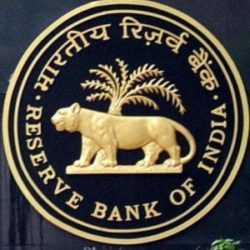What is Repo Rate?
Repo rate is the rate at which the central bank lends money to the commercial banks in case of fund crunch. It is a tool used by the monetary authorities to control inflation. The Monetary Policy Committee (MPC) of the Reserve Bank of India (RBI), during the 3-day meeting that began on December 2, has decided to keep the repo rate unchanged at 4% and maintain the policy stance at accommodative until the COVID-19 impact is mitigated.
How does Repo Rate control inflation?
The Reserve Bank of India increases the repo rate when the inflation is high in the country. This is done to ultimately reduce the money supply.
Currently RBI has kept its repo rate unchanged (low). It has been reducing its repo rates since COVID-19 crisis. This will reduce inflation in the country. How? Repo rate is the interest rate at which the banks borrow money from the Reserve Bank of India. When the repo rate is high, the loans borrowed by the banks is less. When the Repo rates are less, loans borrowed by the banks are high. When the loans borrowed by the banks are high, they will have enough financial resources to lend to the industries and public. Therefore, the Banks in turn will lend at lower rates. This will increase the number of industries and public receiving loans from the bank. The citizens will now have enough cash in their hands. This will boost the sales of vegetables, fruits, groceries, vehicles, increase industrial goods production, etc. This will ultimately increase the demand of the goods and services and their prices will come down. Thus, the inflation reduces.
Significance of Repo Rate
The Repo rate is the most significant rate of all the other monetary tools of RBI. This is because the car loans, home loans, interest rates on loans to returns on deposits is all influenced by the repo rate.
Other Monetary tools of RBI
Other than Repo rate, the RBI uses reverse repo rate, marginal standing facility to control money flow in the country.
Month: Current Affairs - December, 2020


